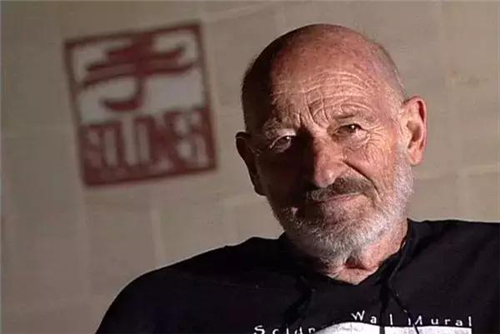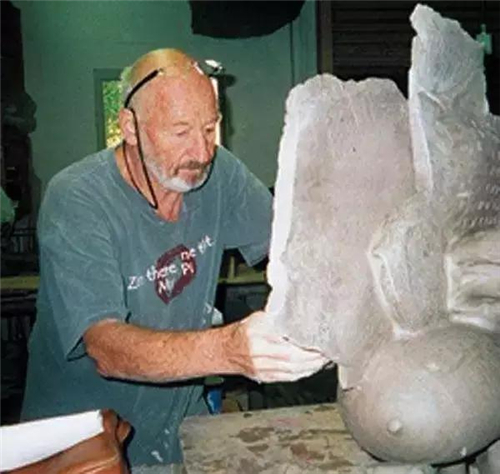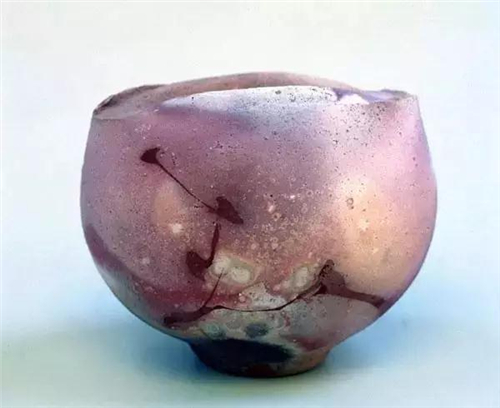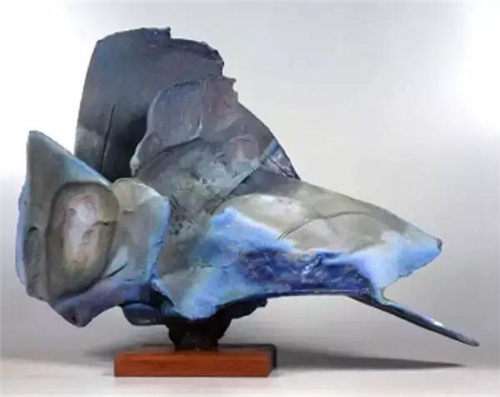Paul Soldner, the world's most famous ceramicist, died on Jan. 3, 2011, at his home in Claremont, Southern California. He was 89 years lod. After the death of the master, the Los Angeles Times published an article titled "Cultural Devil" to commemorate him, and the New York Times called this the most sad news of 2011 for the world ceramic industry.

Paul Suttner's artistic career is legendary -- he was born into a traditional religious family, joined the military as a young man and won the Purple Heart medal. During a battle to liberate a Nazi concentration camp, Suttner was greatly shocked by the sketches left on the walls of his cell by the detainees, which influenced his artistic career. At first, he wanted to be a photographer, but fell in love with dirt in his college electives. As the master potter Peter Warwick's best pupil, he and his teacher broke free of the conventional forms of pottery and gave Americans a new understanding of modern pottery.

Suttner is best known for bringing the traditional Japanese technique of raku to the United States, where he developed the American techniques of raku and salt-burning. In the 1960s, Suttner saw the potential for the improvisation and openness contained in the raku itself to have an impact on modern American ceramics. He creatively to the west coast of abstract expressionism and the Japanese in the sixteenth century music fusion burning technique, and break through the traditional burn natural cooling process characteristics, will be just out of the kiln, still in the red works immediately into the sealing of sawdust, linen, newspapers have steel drum, high temperature to fire the organic matter, along with "hiss" sound and a thick smoke. The free form and the texture color formed by the music fire were called "Happy Accident" by Suttner, which had a great and lasting impact on the world's modern ceramics.

Suttner was obsessed with the abstract expressionism advocated by his teacher, Peter Walkers, which combined Eastern Zen with Western psychology and allowed intuition and the subconscious to freely guide artists in their pursuit of improvised, accidental effects in creation. Suttner's happy burning is "a celebration of chance" -- the burning effect is unpredictable without human control, only the flame can leave free marks on the pottery, and the instantaneous brilliance of the flame can be engraved on the surface of the ware forever. What it has and expresses is a deeper idea about clay and fire, time and space.
